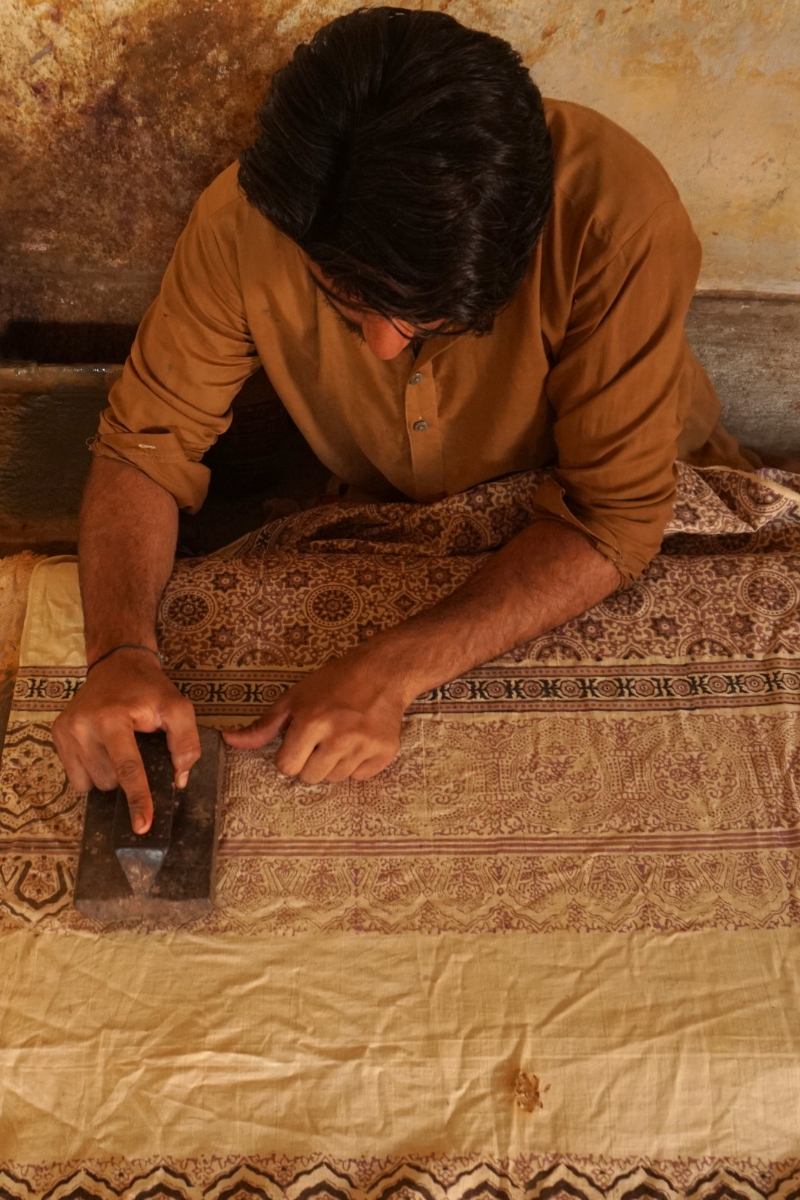Dupatta de seda Chanderi Ajrakh en color marrón palo de rosa
Sólo limpieza en seco.
- En stock
- Pedido pendiente, envío pronto
Precio habitual₹1,500.00
/
Impuesto incluido.
Los gastos de envío se calculan en la pantalla de pagos.
+ Use WELCOME5 to get 5% OFF on your first order
+ Use thanks10 and avail 10% OFF, for returning customers
- Envío a nivel mundial
- Pagos aceptados solo en INR
- Para cualquier ayuda, llámenos o envíenos un mensaje de WhatsApp al +91 95130 59900
Complementos rápidos
Descripción del Producto
¡Hermosa Chanderi Seda Ajrakh Dupatta!
Esta hermosa dupatta de seda Chanderi presenta motivos florales en rojo y diseños geométricos en ambos extremos, confeccionada con la técnica de impresión en bloque manual de Ajrakh. La tela de seda está teñida en rojo terroso, lo que muestra el encanto único de la artesanía de Ajrakh.
- Adecuado tanto para ocasiones formales como informales.
- Las manchas de color aleatorias en la tela resaltan la naturaleza artesanal de Ajrakh.
- Es una mezcla de elegancia y estética tradicional india.






























